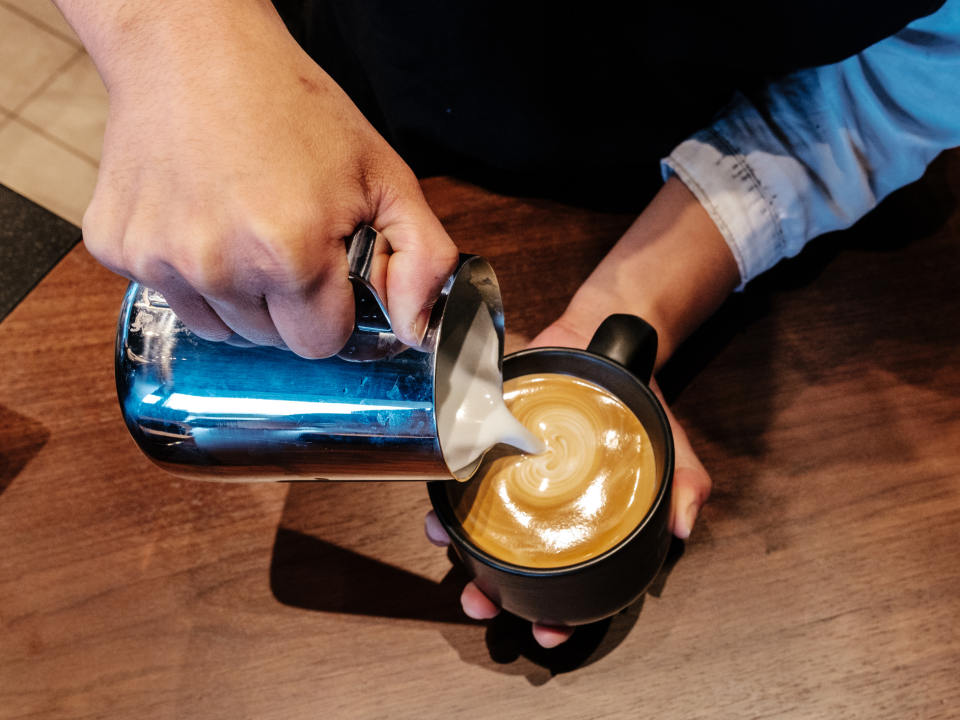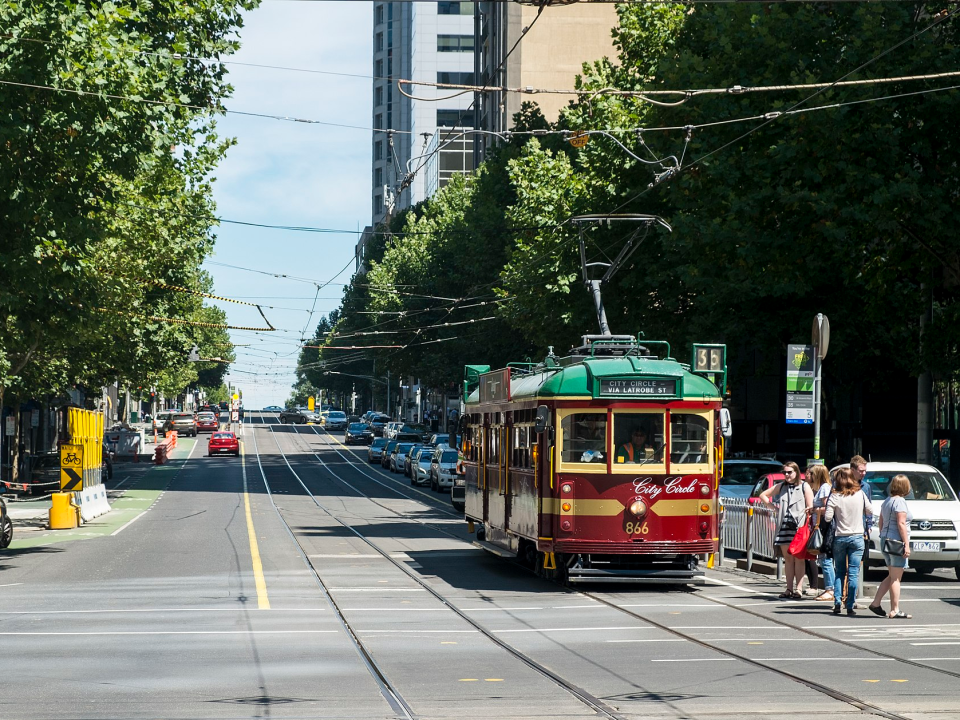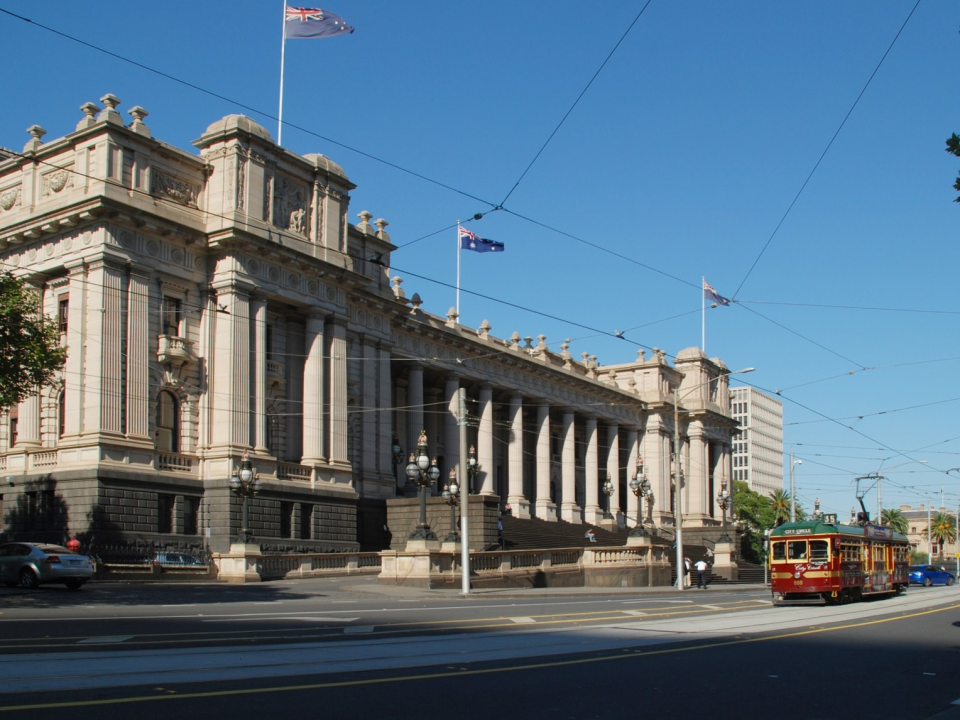Melbourne is the happiest city in the world. These 53 breathtaking photos show what life is really like there.
The happiest city in the world is Melbourne, Australia. according to a survey from Time Out and Tapestry Research.
The survey asked 15,000 people in 32 cities worldwide about food, drink, culture, dating, community, travel, and more.
Based on the findings, both companies came up with a ranking for each city to determine the happiest.
Melbourne is Australia's unofficial coffee and football capital.
The beaches, public parks, diverse food options, and more make it an eclectic area with near-perfect weather year-round.
Melbourne, Australia, has been named the happiest city in the world this year.
Time Out paired up with Tapestry Research to survey 15,000 people in 32 cities worldwide. They asked residents about food, drink, culture, lifestyle, dating, sex, community, travel, neighbourhoods, affordability, nightlife, happiness, public transportation, and civic pride. The findings collectively helped both companies come up with an ultimate ranking for each city in every category.
When it comes to Melbourne, the beaches, emphasis on art, and diverse culture work together to give everyone something to enjoy.
Here's what life in one of the most well-known cities down under really looks like.
Melbourne, Australia, is the happiest city in the world.
Source: Time Out
A recent survey shows 92% of people enjoy living there and most say it's easy to make friends.
Source: Time Out
Between the beaches...
...the alleys and alleys of street art...
...the urban life...
... and the views, it's pretty easy to see why.
Melbourne sits in the southeastern Australian state, Victoria.
The Yarra River runs through the city, making it the perfect place for boating. And if you'd rather stay on dry land, sitting along the river banks is a great way to spend a warm day.
If you want people to think you're a local, you'll want to ditch that Starbucks Frappuccino.
It's no secret Australia is known for serving up some premium cups of coffee.
But Melbourne is said to do it best.
Source: Condé Nast Traveller
Melburnians favour local coffee shops over global brands. And many have their go-to spots where they're on a first-name basis with the barista.
Source: Culture Trip
You won't have to explore too far before you stumble upon a local place...
...where you can even sit down and order yourself some brekkie.
Seriously. Benedicts from all over Melbourne look like velvety perfection.
Oh, and you'll want to swap out your venti caramel macchiato for a flat white.
The shop will probably be nestled in one of the city's famous laneways — the local term for a narrow, cobblestone street.
Laneways are known for being littered, in the best way, with street art.
Some are the work of passersby, and others are more like murals signed by the artist.
The work of British street artist Banksy has even been found on the laneways' walls, though reports say some of the stencils (like the one pictured below) have been damaged.
Source: The Sydney Morning Herald
Laneways are lined with coffee shops, cafés, and all kinds of storefronts.
Culture Trip names Hosier Lane, Duckboard Lane, AC/CD Lane, and Tattersalls Lane as having some of the best art, bars, and shops.
Source: Culture Trip
Melbourne is known to be a diverse city. 56% of its residents were born overseas.
Source: City of Melbourne
The annual Melbourne Food and Wine Festival has been celebrating that through food since 1993.
Source: Melbourne Food and Wine Festival
The festival highlights local chefs, winemakers, the city's access to fresh produce and ingredients, and brings everyone together through nearly 200 events citywide.
Music is also a large part of the Melbourne culture. Whether it's street performers playing for whoever's walking by...
...or music festivals held within the bounds of the city, live music isn't hard to come by.
Source: Visit Melbourne
The Arts Centre Melbourne hosts ballet companies and theatre groups. It also houses a free-to-view, permanent collection of clothes, music, and other performing arts memorabilia that are all part of the Art Centre's past.
Source: Australian Music Vault
As with any city, it isn't just festivals and fireworks all the time.
Myki is Melbourne's version of a mass transit pass.
Here's what the myki card looks like. It's a good idea to get one if you plan on taking public transportation.
You can also take a hop-on-hop-off tram to tour the must-see sights around the city.
The City Circle Tram runs along the system's Route 35, taking passengers to major attractions, shops, and city events for free. Yes, free!
Source: Visit Melbourne
There's also an audio feature that helps explain the different landmarks and attractions you'll pass. You can opt into the commentary at no additional cost.
Bear in mind the tram is said to be somewhat slow, though it's worth hopping on if you have time to see the city's landmarks.
Source: Culture Trip
While in Melbourne, you can pretty much take Yarra Trams anywhere at any time.
Source: Yarra Trams
Recognising the importance of local art in the community, Yarra Trams has been using its vehicles as giant moving canvases. Since 2013, the company has been wrapping eight of its trams in designs.
Source: Yarra Trams, Visit Melbourne
When it comes to weather, Melbourne has all four seasons, but they don't come the same way they do in the mid-latitudes (places around the world that aren't particularly near either pole or the equator).
Source: Culture Trip, National Geographic
Melbourne locals know to expect long, 60-degree winters...
...80-degree summers that usually see intense heat waves...
...and they know they can get a full four seasons in a single day, so it's smart to always carry an umbrella.
Divided by the river, there are two main parts of Melbourne: the north side and the south side.
The north side includes the Central Business District and suburbs like North Melbourne, Fitzroy, Carlton, Abbotsford, Brunswick, and Coburg, where the more artistic Melburnians live.
Source:
Culture Trip
The University of Melbourne is also located in the north.
South of the Yarra River in neighbourhoods like Toorak and Windsor is where you'll find wealthy families and individuals living in more luxe-style homes.
Source: Culture Trip
Brighton Beach sits just south of central Melbourne. It's a common place to spend a hot or cool beach day.
That's mostly thanks to the Brighton Bathing Boxes and their Instagram-worthy designs.
During the summer, the boxes may be less open for photo opps. Some people will claim their porch and set up beach gear for the day.
For anyone not in love with the sand, there are plenty of green, public parks to keep you happy. The Royal Park is just one of many, and spans 420 acres.
Source: Business Insider
Perhaps one of the biggest parts of life in Melbourne is the Australian Football League (AFL).
Aussie Rules, another name for the game, is a hybrid sport. It borrows some rules from rugby, some from soccer, and some are completely unique.
Australians first started playing the game in mid-19th century Victoria.
Source: Go Study Australia
The game is split up into four 20-minute quarters, and it's played with an egg-shaped ball on an egg-shaped field. Up to 18 players per team can be moving the ball through punches and kicks at a time; the goal is to get the ball through the goal post.
Source: Go Study Australia

 Yahoo Finance
Yahoo Finance 






















































